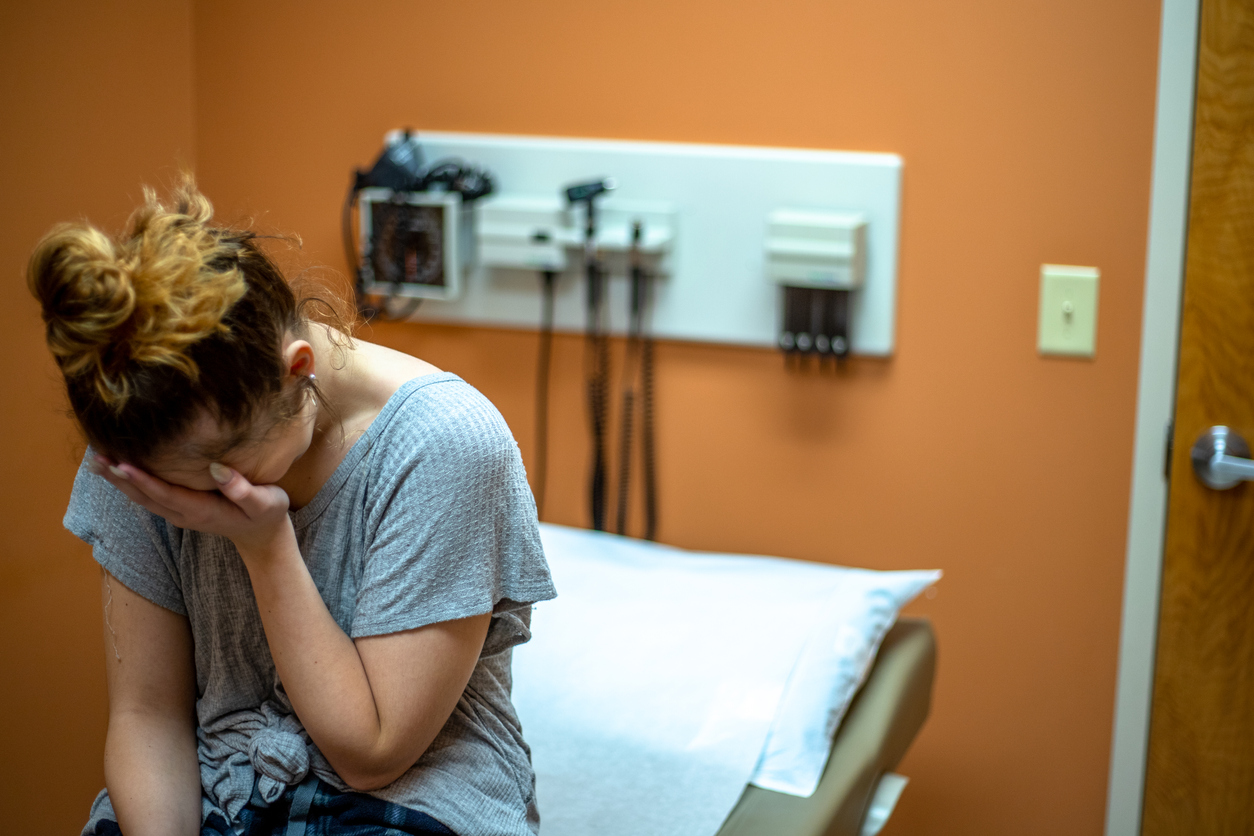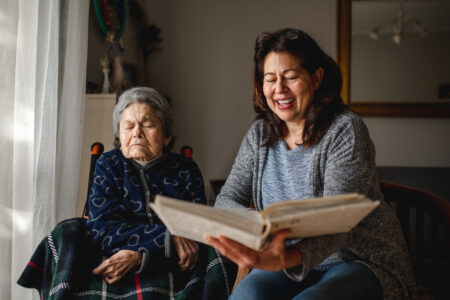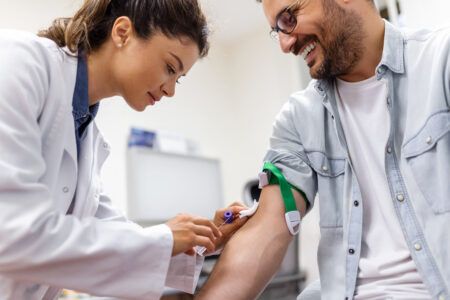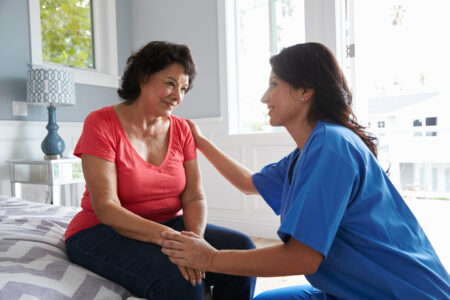
Share On Social!
Latinas suffer a high burden of cervical cancer, which is often caused by the Human Papillomavirus (HPV).
In fact, Latinas have the second-highest rate of dying from cervical cancer after Black women, according to the US Centers for Disease Control & Prevention (CDC).
Cervical cancer screening – commonly referred to as a Pap smear – can help reduce this disease burden.
However, Latinas and other women of color face numerous barriers to cervical cancer screening, such as lack of health insurance and fear of cervical exams, which can be uncomfortable and anxiety-inducing.
Enter University of North Carolina researchers Jennifer S. Smith and Noel T. Brewer.
The duo are part of the research team behind the My Body, My Test 3 clinical trial, which explored the effectiveness of mailed HPV self-collection test kits in increasing cervical cancer screening among low income and underinsured women.
Let’s explore the findings of the clinical trial and what they could mean for the future of women’s health!
My Body, My Test 3 and HPV Testing Kits
Of the 665 women who participated in the clinical trial, two-thirds received mailed HPV self-collection test kits and clinic appointment scheduling assistance. The remaining third only received appointment scheduling assistance.
The study’s results astonished researchers.
Cervical cancer screening participation was 72% among women who received mailed testing kits, compared to just 37% for the group of women who received appointment scheduling assistance alone.
“My hope going into this study was that mailing kits for home-based collection might increase cervical cancer screening, but we were thrilled to find a nearly two-fold increase in screening uptake,” said Smith, study author and professor of epidemiology at UNC Lineberger Comprehensive Cancer Center and the Gillings School of Global Public Health.
This uptake in cervical cancer screening may stem from women appreciating more control over their health, noted study co-author Brewer, who is a Gillings Distinguished Professor in Public Health and UNC Lineberger member.

“These at-home kits can better reach people without access to screening, who are embarrassed by a cervical exam or whose religious beliefs include modesty,” Brewer said.
Indeed, at-home cancer screening tests have recently gained more popularity for their convenience.
Could HPV self-collection test kits could become the norm? Maybe.
Smith said that her research team hopes to make HPV self-collection test kits “a regular clinical provision” and a primary method for cervical cancer screening in the US – following Food and Drug Administration approval.
Latinos and Cervical Cancer
Cancer remains the leading cause of death in Latinos.
Luckily, 90% of HPV-related cancers, including cervical cancer, can be prevented through HPV vaccination, according to the American Cancer Society.
CDC guidelines recommend HPV vaccination between ages 11 and 12 and as early as age 9.
However, everyone through age 26 can receive the vaccine, if not adequately vaccinated when younger.
Latino parents should especially consider vaccinating their children against HPV.
“Cervical cancer rates are especially high among the largely Latino population of South Texas, yet most of these cases could be prevented with the HPV vaccine, which has been proven safe and effective,” said Dr. Amelie G. Ramirez, a Latina cancer researcher and leader of Salud America! at the Institute for Health Promotion Research at UT Health San Antonio.
“Not obtaining the vaccine for children is a missed opportunity to protect them against the pain and suffering from cancer in the future.”
Where Do I Get the HPV Vaccine and How Do I Pay for It?
You can get the HPV vaccine through your child’s doctor.
Insurance plans will probably cover the cost of the HPV vaccine if given in accordance with national guidelines, according to the American Cancer Society.
The HPV vaccine is also available to all uninsured or underinsured boys and girls between ages 9 and 18 through the Texas Vaccines for Children (TVFC) program.
You can also contact community health clinics, school-based health centers, and state health departments to get vaccinated.
“Back-to-school season is the perfect time to vaccinate your child against HPV,” Ramirez said.
Building Confidence in Latinos to Participate in Clinical Trials
Clinical trials, like My Body, My Test 3, are studies with volunteers that help researchers learn how to slow, manage, and treat different diseases, such as cervical cancer.
However, Latinos are massively underrepresented in clinical trials, making it harder for researchers to develop new treatments for this group.
Ramirez is helping tackle this issue. She’s creating new ways to encourage Latinos to volunteer for cancer and Alzheimer’s clinical trials, with help from Genentech, a member of the Roche Group.
Ramirez is showcasing open clinical trials and uplifting the stories of Latino clinical trial participants on her Salud America! website.
She’s also raising awareness through social media events and webinars.
“Latinos in clinical trials are not only helping themselves, but they are also building a future with better treatments that can help their families and communities in the future,” Ramirez said.
Read more clinical trial stories!
Explore More:
Clinical TrialsBy The Numbers
142
Percent
Expected rise in Latino cancer cases in coming years



